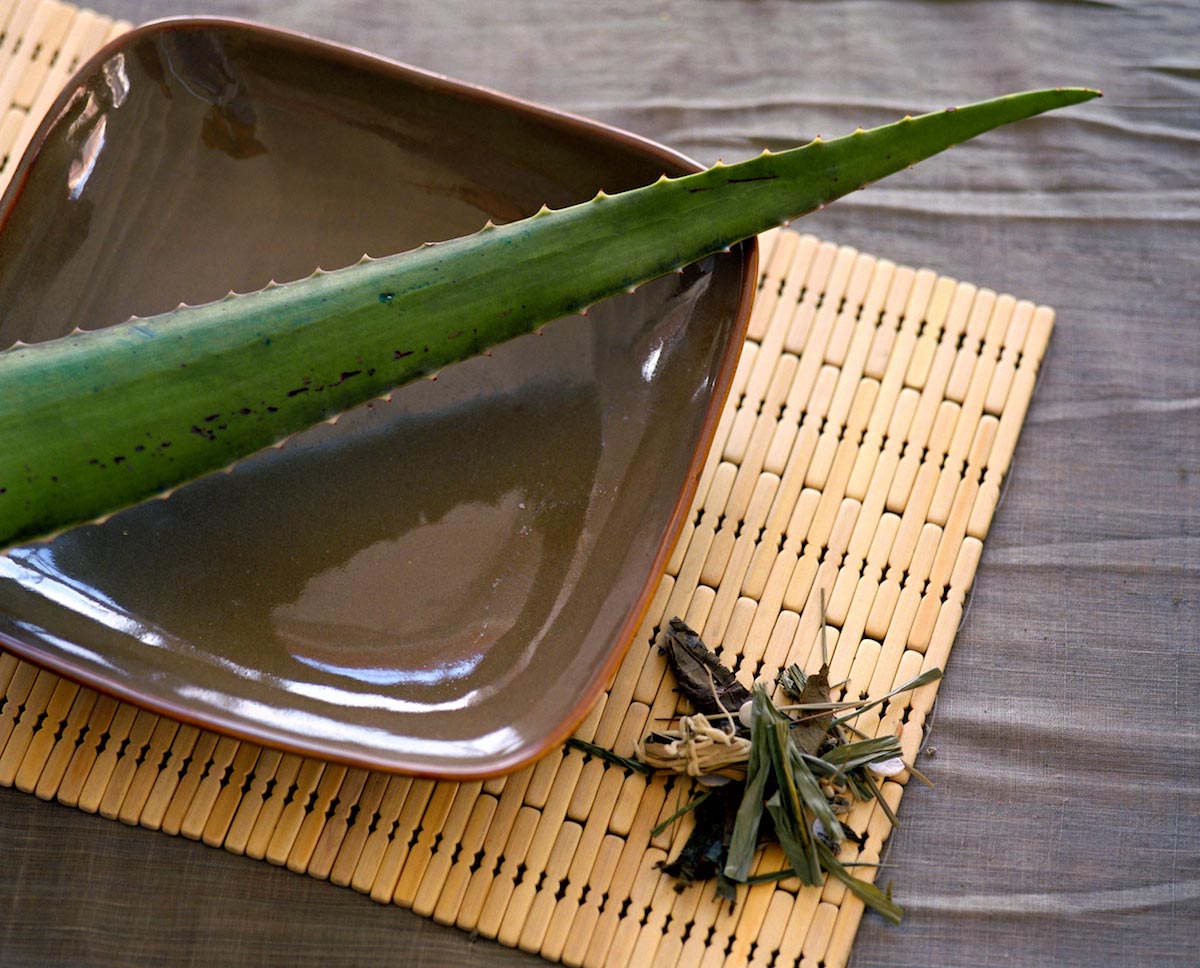(Homesteading.news) Spring is rapidly approaching, and soon it will be time to open your windows and breathe in the first fresh scents of a world coming back to life after a dormant winter. But you can get the benefits of wonderful scents naturally, and all year round, by adding certain plants to your living spaces.
As noted by the Healthy Sustainable Living blog, most people realize that plants in the home release oxygen, but they can also clear the air of mold and other toxins, in some cases as well as or better than your home’s air conditioning/heating systems. The site notes that a number of studies have shown that certain plants are able to rid a room of about 89 percent of harmful toxins like formaldehyde and xylene.
Natural air-freshening plants
Also, if you or anyone in your family has allergies or just wants to breathe better, cleaner air in your home, here are a dozen plants that will purify your air and target specific pollutants:
Aloe: This is a great plant to put in each one of your bedrooms, actually. They absorb benzene, carbon dioxide and formaldehyde. Plus, the gel from Aloe vera has been found to multiply the oxygen transportation and diffusion capabilities of red blood cells.
Garden mum: In research conducted by NASA, garden mums were found to be air-purification monsters, getting rid of ammonia, benzene, formaldehyde and xylene from indoor air. This variety is both popular and inexpensive, and you can also plant them outdoors after they bloom.
English ivy: This clinging evergreen vine also removes benzene and formaldehyde, as well as trichloroethylene and xylene, from indoor air. Widely grown as an ornamental plant, it’s not always a suitable indoor variety, as it can grow up to 100 feet if left unchecked.
Spider plant: Also known as Chlorophytum comosum, this variety is among the simplest of houseplants to grow. That makes them a perfect choice for beginners or owners who are, shall we say, forgetful and not used to having a plant responsibility. Spider plants can also photosynthesize under minimal light, and one plant can clean air up to 200 square meters (about 2,100 square feet).
Dracaena: This plant comes in more than 40 varieties, so you’ll have no problem finding one to fit your home or office decor. They grow long, wide leaves that sometimes striate with lines of white, red or cream. While these plants clean the air well, they are toxic to dogs and cats, so pet owners may want to consider a different variety.
Ficus: Though these have become the butt of jokes, there is a reason so many people put them in their homes and offices – they are terrific air purification plants. Also known as “rubber plant,” the Ficus needs bright sun (or office illumination) and gets rid of formaldehyde. The NASA study showed that Ficus benjamina is capable of removing formaldehyde, benzene and trichloroethylene from air, while the Healthy Sustainable Living blog claims Ficus elastica can purify air of formaldehyde.
Snake planet: This houseplant is nearly invincible, as it is one of the most difficult to kill. It does need water occasionally, however; though generally speaking it prefers drier conditions and sun. Good for the bedroom, it produces oxygen while removing benzene, formaldehyde, trichloroethylene and xylene.
Chamaedorea seifrizii: Better known as bamboo palm, this variety is a star filterer of formaldehyde. They thrive in bright sun light. One reason they filter air so well is because they can grow to be 4- to 12-feet high. They’re also very pet-friendly.
Peace lilies: This common houseplant removes benzene, formaldehyde, trichloroethylene, ammonia and xylene and exists best in shade, though it needs a dose of sunlight to thrive. While the soil should be left moist, you should only water it when the soil is dry.
Boston fern: You don’t have to live in the historic northeastern city to enjoy the air-cleansing benefits of this toxin eater. These plants prefer cool locations with high humidity and indirect light. They grow fairly easy but need moist soil, requiring a good soak only about once a month. Boston ferns love to absorb formaldehyde and xylene.
Chrysanthemum: Nicknamed the “florist’s daisy,” these have really gained popularity as an indoor plant – and toxin absorber. NASA says they love to absorb benzene, formaldehyde and trichloroethylene.
Reporting by J.D. Heyes, NaturalNews.com.
More:
- How organic gardens aren’t just healthier, they save you money too
- Produce thousands of pounds of fresh, organic food on small parcels of land
- Top 7 reasons why the food you produce should be organic
Homesteading.news is part of the USA Features Media network. Check out ALL our daily headlines here.



